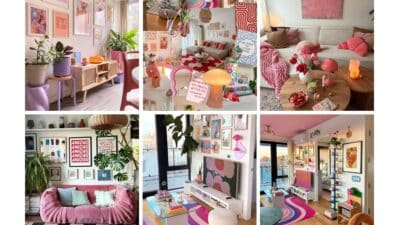Modern life fills your space with items you rarely use and creates mental clutter that weighs on your daily experience. Minimalism helps you breathe easier by removing physical possessions, mental distractions, and emotional baggage that no longer serve your well-being. This approach to living with less creates room for what truly matters in your life.
Your minimalist journey starts with identifying the excess that surrounds you. Physical clutter in your home competes for your attention and energy every day. Digital overwhelm from notifications and social media adds layers of stress you may not even recognize.
The path to minimalism involves more than just removing objects from your living space. It requires examining your habits, relationships, and commitments to create breathing room in all areas of your life. Small changes in what you choose to keep and what you let go can transform how you feel in your own home and mind.
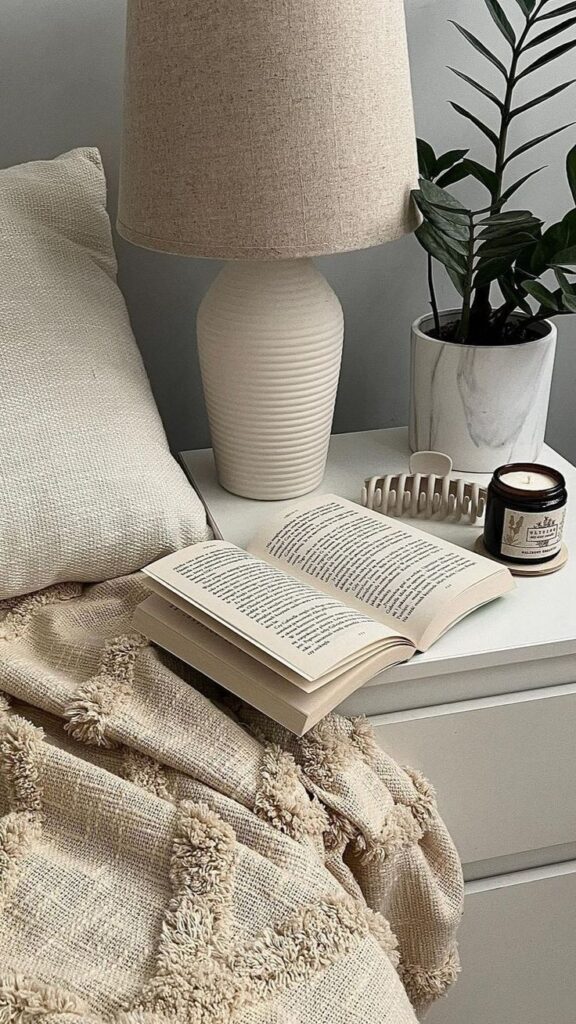
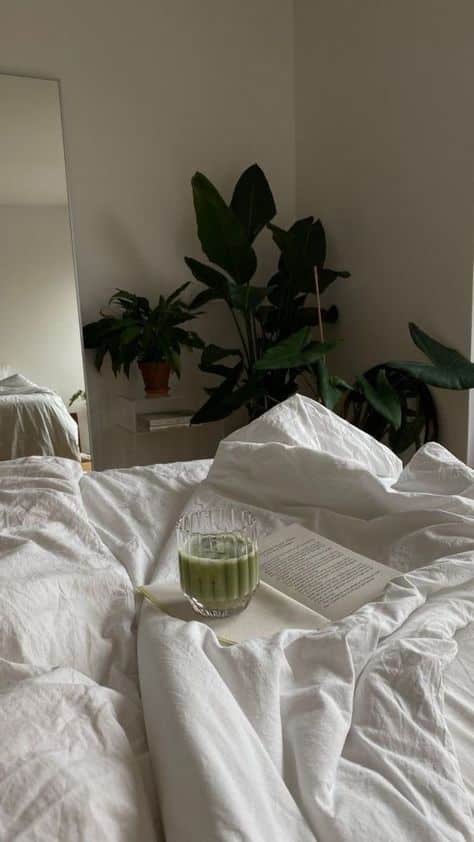
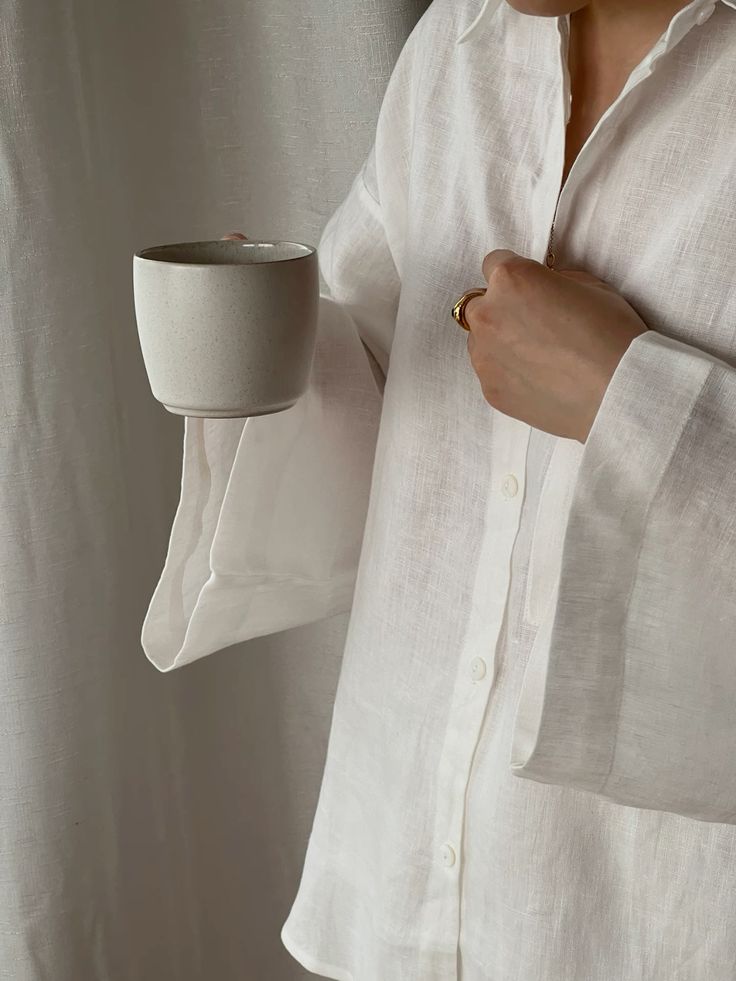
Key Takeaways
- Minimalism creates physical and mental space by removing items and distractions that drain your energy
- Your journey begins with identifying excess possessions, digital clutter, and unnecessary commitments in your daily life
- Living with less requires ongoing practice of choosing what serves your well-being over what simply fills space
Identifying What to Remove: The First Steps to Minimalism
The journey toward minimalism begins with recognizing three key areas where excess accumulates: physical possessions that crowd your space, mental noise that clouds your thinking, and commitments that drain your energy without adding value.
Evaluating Physical Clutter
Start your decluttering journey by examining items you use daily. Look at your kitchen counters, bedroom surfaces, and bathroom shelves first. These areas reveal your most common sources of clutter.
Apply the one-year rule to questionable items. If you haven’t used something in twelve months, it’s likely taking up valuable space without serving a purpose.
Focus on duplicate items next. Count how many spatulas, phone chargers, or notebooks you own. Keep only what you actually need and use regularly.
Categories to examine first:
- Clothes that don’t fit or feel uncomfortable
- Kitchen gadgets used less than monthly
- Books you won’t read again
- Expired products and medications
- Broken items you haven’t fixed
Create three boxes labeled “keep,” “donate,” and “discard.” Handle each item only once during this process. Quick decisions prevent overthinking and attachment from creeping back in.
Letting Go of Mental Clutter
Mental clutter consumes energy just like physical clutter consumes space. Identify thoughts and worries that cycle repeatedly without leading to action or solutions.
Common sources of mental clutter include:
- Unfinished tasks that linger in your mind
- Perfectionist standards that create anxiety
- Past mistakes you replay constantly
- Future scenarios you can’t control
Write down persistent worries on paper. This simple act moves them from your mind to a manageable list. Decide which items need action and which need acceptance.
Set specific times for problem-solving instead of letting concerns interrupt your entire day. Designate thirty minutes weekly to address lingering mental tasks.
Practice saying “not my problem” for issues outside your control. Your mental space belongs to thoughts that serve your goals and wellbeing.
Recognizing Excess Commitments
Your calendar reveals where time and energy leak away unnecessarily. Review your regular commitments and evaluate which ones align with your current priorities.
Signs of commitment overload:
- Feeling rushed between activities
- Saying yes automatically without considering impact
- Canceling personal time for obligations
- Dreading certain regular commitments
Practice saying no to new requests for two weeks. This pause helps you recognize how often you accept commitments out of habit rather than genuine interest.
Examine volunteer work, social obligations, and recurring meetings. Ask yourself if each commitment still matches your values and available time.
Cancel or reduce commitments that drain more energy than they provide. Your time is finite, and protecting it allows focus on what matters most to you.

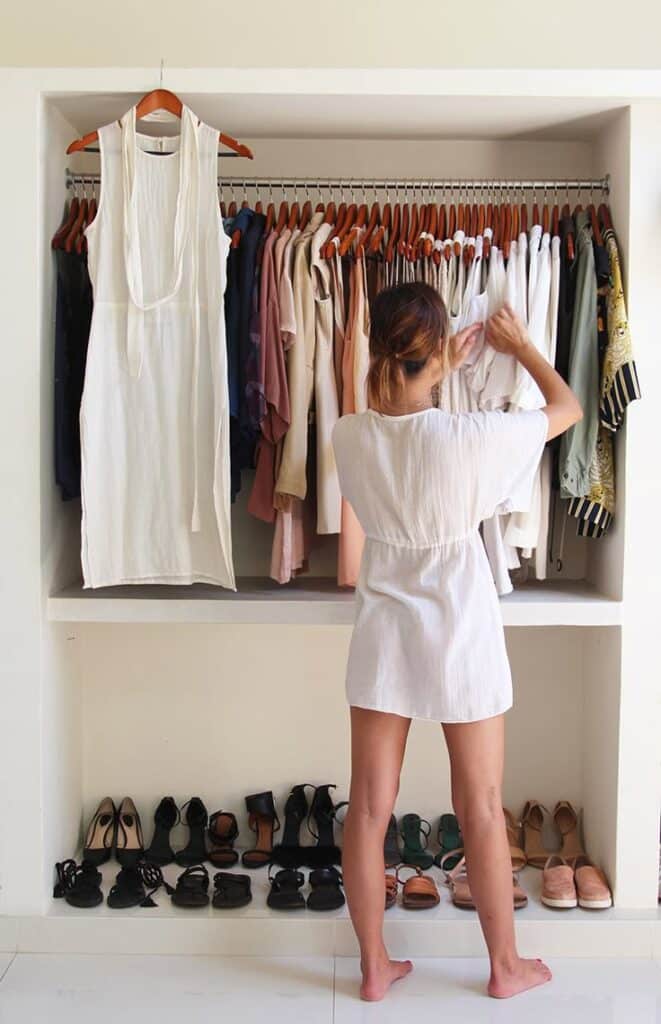

Decluttering Your Home and Habits
Physical spaces and daily routines create the foundation for breathing room in minimalist living. Removing excess items while building intentional habits creates lasting simplicity that reduces stress and increases focus.
Room-by-Room Tactics for Less
Start with one room to avoid feeling overwhelmed. Choose items you use regularly and donate or discard the rest.
Bedroom: Keep surfaces clear except for essentials like a lamp or book. Store clothes you actually wear and remove duplicates. Limit decorations to one or two meaningful pieces.
Kitchen: Clear countertops of appliances you rarely use. Keep only dishes and utensils you need for daily meals. Check expiration dates and remove expired items from cabinets.
Living room: Remove extra furniture that blocks pathways. Choose neutral colors for larger pieces to create visual calm. Keep only books, games, or items you actively enjoy.
Bathroom: Dispose of expired products and keep only daily essentials visible. Use drawer organizers to maintain order in small spaces.
Focus on function over decoration. Each item should serve a clear purpose in your daily life.
Streamlining Your Daily Routines
Daily minimalist habits prevent clutter from returning. Small consistent actions create lasting change without major effort.
Follow the one in, one out rule for new purchases. When you bring something home, remove an existing item. This keeps possessions at manageable levels.
Create designated homes for frequently used items like keys, phones, and mail. Return items to their spots immediately after use.
Handle paper once by deciding immediately whether to file, act on, or discard it. This prevents paper piles from forming on surfaces.
Spend five minutes each evening putting items back where they belong. This small habit maintains order without weekend cleanup sessions.
Plan meals weekly to reduce food waste and kitchen clutter. Buy only ingredients you will actually use.
These simple patterns become automatic with practice and keep your space functioning smoothly.
Decluttering for Natural Light and Simplicity
Natural light makes spaces feel larger and more peaceful. Remove items that block windows or create visual noise.
Clear window areas of decorations, plants, or furniture that reduces incoming light. Keep window treatments simple with light colors that filter rather than block sunlight.
Choose light wall colors and minimal artwork to reflect rather than absorb light. White, cream, or pale neutral colors brighten rooms naturally.
Reduce visual clutter by grouping similar items together instead of scattering them. Empty surfaces allow light to bounce freely throughout the space.
Position mirrors strategically to reflect natural light into darker corners. One well-placed mirror works better than multiple decorative pieces.
Keep furniture low and minimal near windows to maintain sight lines and light flow. Heavy or dark pieces can make rooms feel closed in.
Light creates the feeling of spaciousness that makes minimalism comfortable rather than stark.
Choosing Quality Over Quantity
Investing in fewer, better items reduces replacement costs and visual clutter. Quality pieces last longer and perform better than multiple cheap alternatives.
Buy durable materials like solid wood, metal, or high-quality fabrics instead of particle board or synthetic materials. These items age well and avoid frequent replacements.
Choose multipurpose items that serve several functions. A sturdy dining table works for meals, work, and projects instead of buying separate pieces.
Select neutral colors for expensive items like furniture or appliances. Classic colors work with changing preferences and avoid the need for updates.
Research before purchasing to find items with good warranties and repair services. Well-made products often cost less over time than repeated cheap purchases.
Test items thoroughly before committing to ensure they meet your actual needs. This prevents buyer’s remorse and returns.
Quality items create satisfaction and reduce the urge to constantly acquire new things.

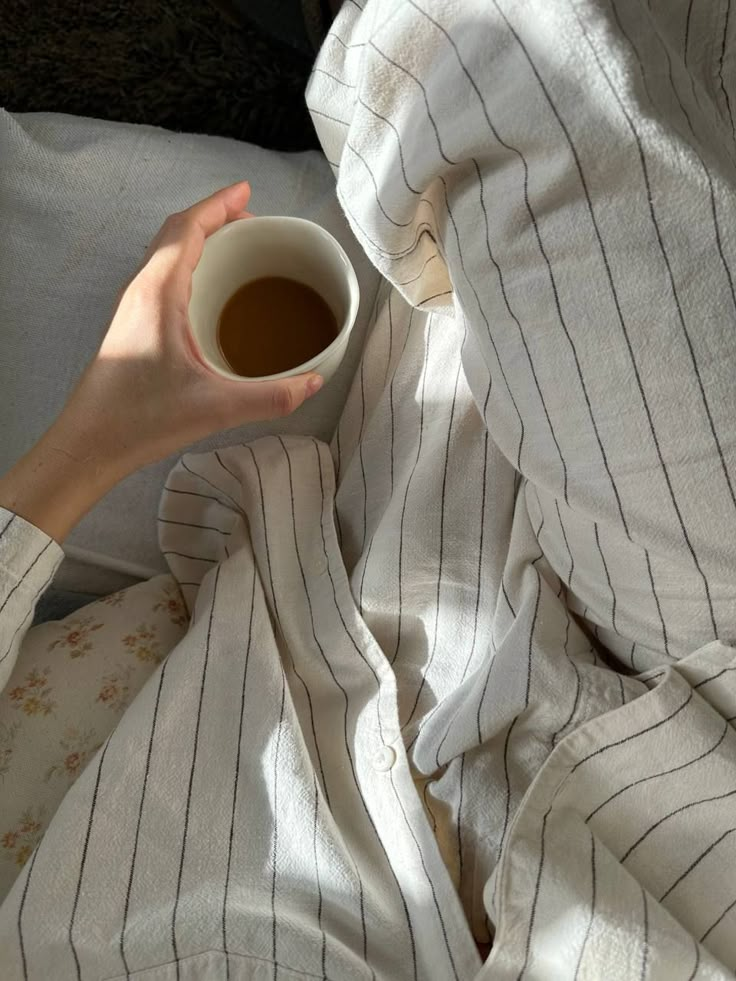
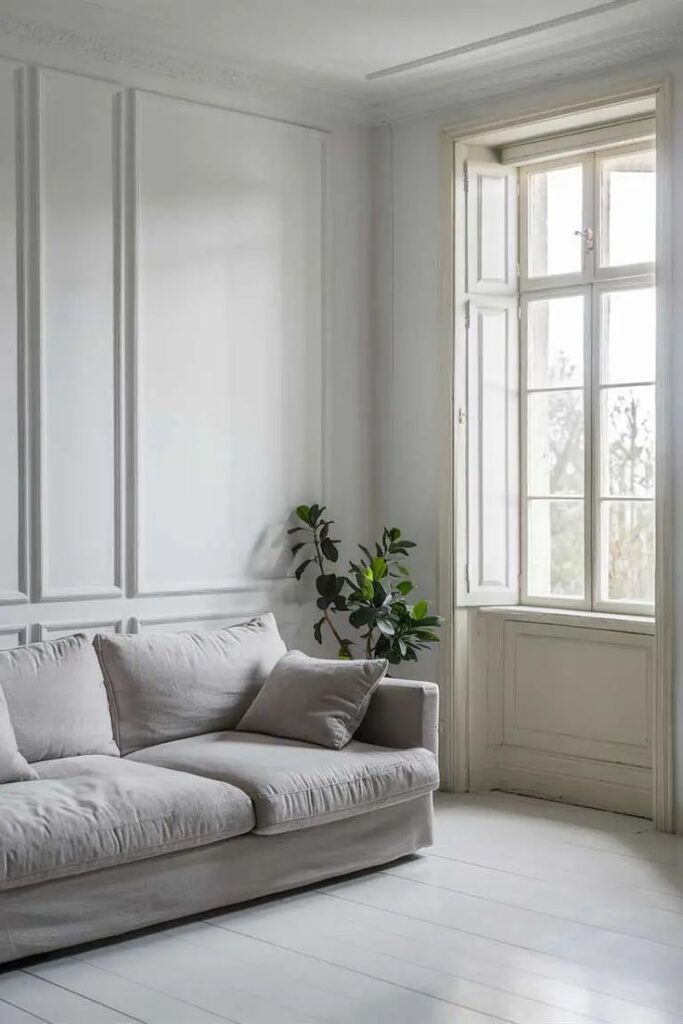
Minimalism for Mental Clarity and Emotional Well-Being
Minimalism creates mental space by reducing cognitive burden and eliminating distractions that cloud your thinking. This intentional approach to living allows you to develop stronger focus while making room for meaningful self-care practices.
Reducing the Mental Load
Your brain processes thousands of decisions daily, from choosing what to wear to finding items in cluttered spaces. Each possession in your environment demands mental attention, even when you’re not actively using it.
Minimalism lightens this cognitive burden by removing excess choices. When you own fewer clothes, you spend less mental energy deciding what to wear. When your surfaces are clear, your mind feels clearer too.
Physical clutter creates mental clutter because your brain continuously processes visual information. Studies show that people in organized spaces demonstrate better focus and lower cortisol levels compared to those in chaotic environments.
Start by clearing one small area completely. Notice how your mind feels lighter when looking at that space. This mental relief compounds as you extend minimalism to other areas of your life.
Digital minimalism also reduces mental load. Unsubscribe from unnecessary emails, delete unused apps, and organize your digital files. Your phone notifications alone can fragment your attention dozens of times per day.
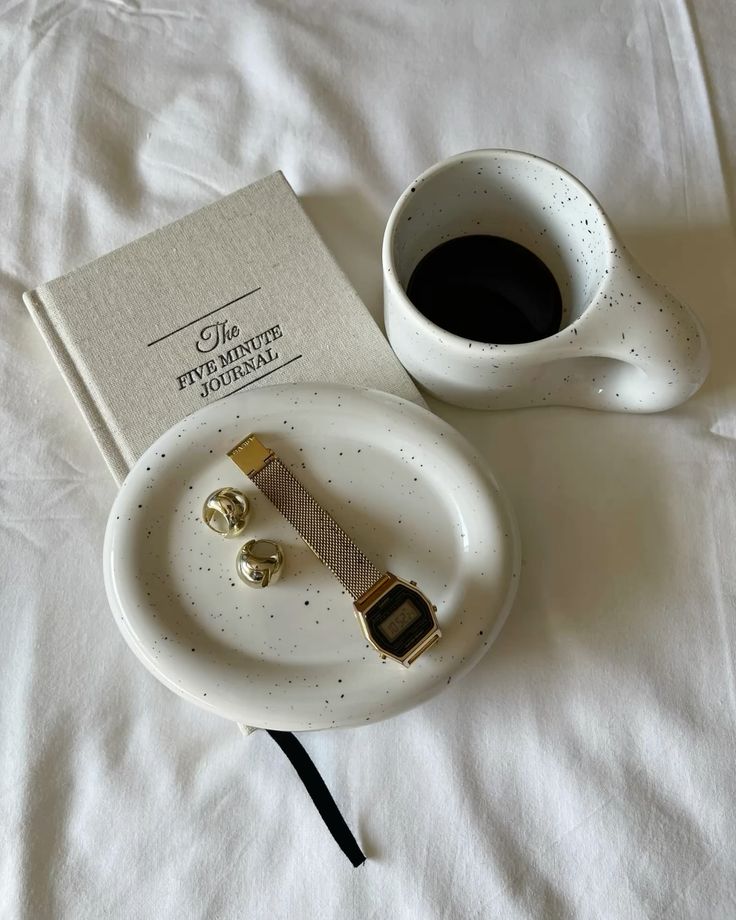
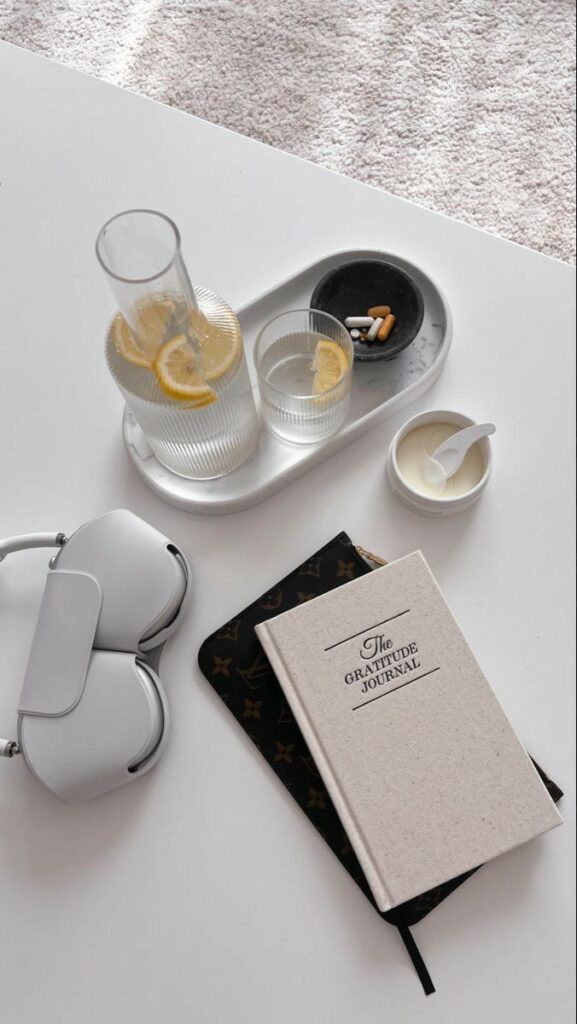
Establishing Better Focus
Better focus emerges naturally when you remove distractions from your environment. Your attention has limited capacity, and every object competes for mental resources.
Create designated spaces for specific activities. Keep your workspace free of non-work items. Remove televisions and phones from your bedroom to improve sleep quality and morning clarity.
The “one thing at a time” principle extends beyond physical possessions to commitments and activities. Say no to obligations that don’t align with your core values. This selective approach prevents mental fragmentation.
Visual simplicity supports sustained attention. Choose neutral colors for walls and furniture. Limit decorative items to pieces that truly bring you joy or serve a clear purpose.
Practice single-tasking instead of multitasking. Close unnecessary browser tabs, put your phone in another room, and focus on one project until completion. Your productivity and quality of work will improve significantly.
The Role of Self-Care in Simpler Living
Self-care becomes more accessible when you remove barriers that prevent you from taking care of yourself. Complicated routines and cluttered spaces often sabotage your best intentions for personal wellness.
Simplify your self-care rituals to make them sustainable. Choose one skincare product instead of ten. Pick one form of exercise you genuinely enjoy rather than forcing yourself through multiple workout programs.
Create peaceful spaces dedicated to relaxation and reflection. A simple reading corner with good lighting requires minimal investment but provides maximum benefit for mental restoration.
Time scarcity often prevents self-care, but minimalism gives you time back. You’ll spend less time cleaning, organizing, shopping, and maintaining possessions. This freed time becomes available for activities that nourish your well-being.
Prioritize sleep by creating a minimal bedroom environment. Remove work materials, electronics, and visual distractions. Your bedroom should signal rest and recovery to your nervous system.
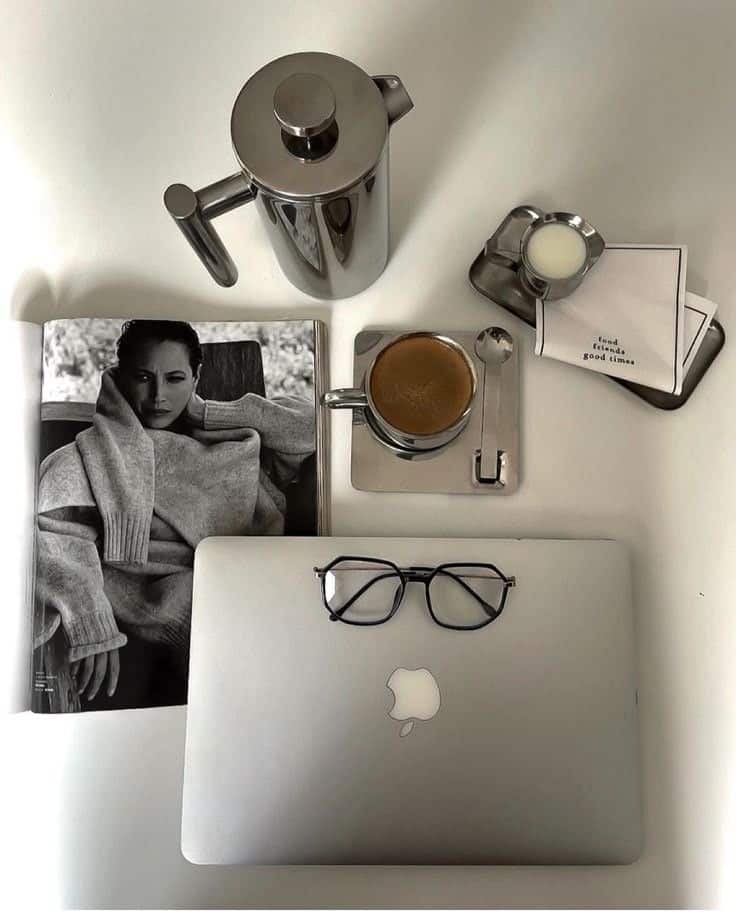
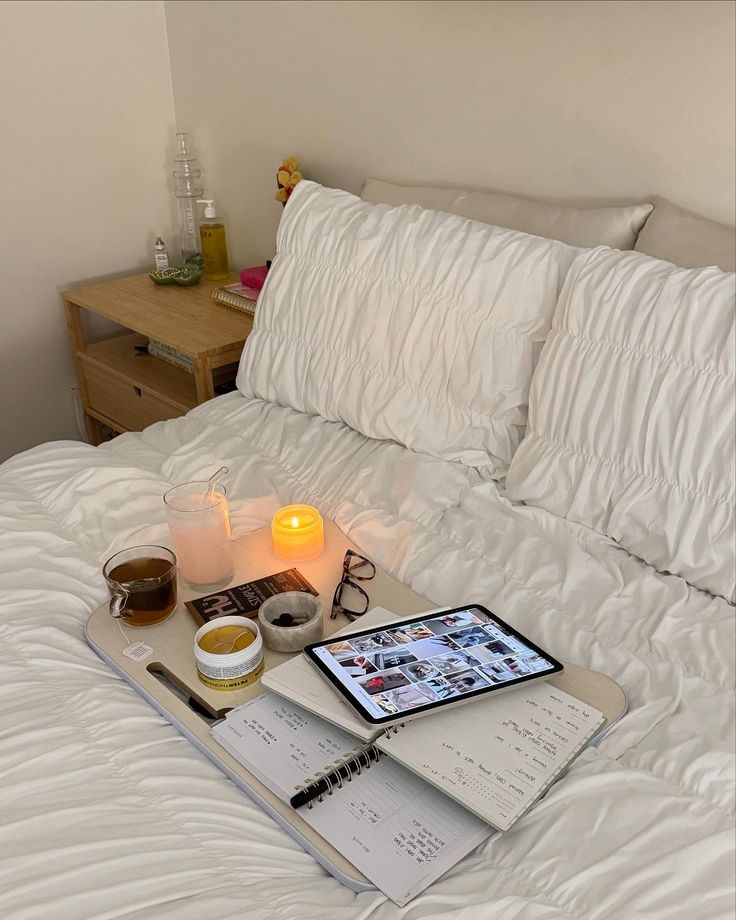
Sustaining a Minimalist Lifestyle
True minimalism requires consistent daily practices and boundary-setting to prevent clutter from returning to your life. Success comes from developing automatic responses to consumption temptations and maintaining simple systems for food and commitments.
Building Lasting Minimalist Habits
Small daily actions create the foundation for long-term minimalist success. Start with one simple habit and practice it consistently for 30 days before adding another.
Essential daily minimalist habits:
- Make your bed immediately after waking
- Put items back in their designated places after use
- Handle mail and papers once, then file or discard
- Spend 10 minutes each evening tidying common areas
Create triggers that remind you to maintain these practices. Link new minimalist habits to existing routines like brushing your teeth or making coffee.
Track your progress using a simple checklist or journal. This builds momentum and helps identify which habits feel natural versus those requiring more attention.
Weekly maintenance tasks:
- Review and declutter one small area
- Assess recent purchases for necessity
- Clear digital photos and files
- Donate items you haven’t used
The key is consistency over perfection. Missing one day doesn’t derail your progress if you return to your routine immediately.
Meal Planning With Less
Simple meal planning reduces food waste, saves money, and eliminates decision fatigue. Focus on versatile ingredients that work across multiple dishes.
Plan meals around 10-15 staple ingredients you always keep stocked. Examples include rice, eggs, seasonal vegetables, olive oil, and basic spices. This approach simplifies grocery shopping and reduces food spoilage.
Weekly meal planning steps:
- Check your pantry and refrigerator first
- Plan 4-5 simple meals using existing ingredients
- Create a focused shopping list with only needed items
- Prep vegetables and grains in bulk when possible
Embrace repetition in your meal planning. Eating similar meals reduces mental load and makes grocery shopping automatic.
Minimalist kitchen essentials:
- One good knife and cutting board
- Two versatile pans (cast iron and non-stick)
- Basic measuring tools
- Storage containers in 2-3 sizes
Avoid specialty gadgets and duplicate tools. Choose items that serve multiple purposes and store easily.
Saying No to Maintain Simplicity
Protecting your time and space requires clear boundaries with social commitments, purchases, and activities. Develop standard responses for common situations.
Social obligations: Politely decline events that don’t align with your values or energy levels. Say “I’m not available that day” without elaborate explanations.
Shopping temptations: Wait 24-48 hours before purchasing non-essential items. Ask yourself if the item serves a specific purpose or replaces something worn out.
Create a personal mission statement that guides your decisions. When opportunities arise, measure them against your core priorities and available time.
Boundary-setting phrases:
- “That sounds interesting, but I’m focusing on other priorities right now”
- “I need to check my schedule and get back to you”
- “That doesn’t fit my current goals”
Practice saying no to small requests first. This builds confidence for declining larger commitments that could overwhelm your simplified lifestyle.




